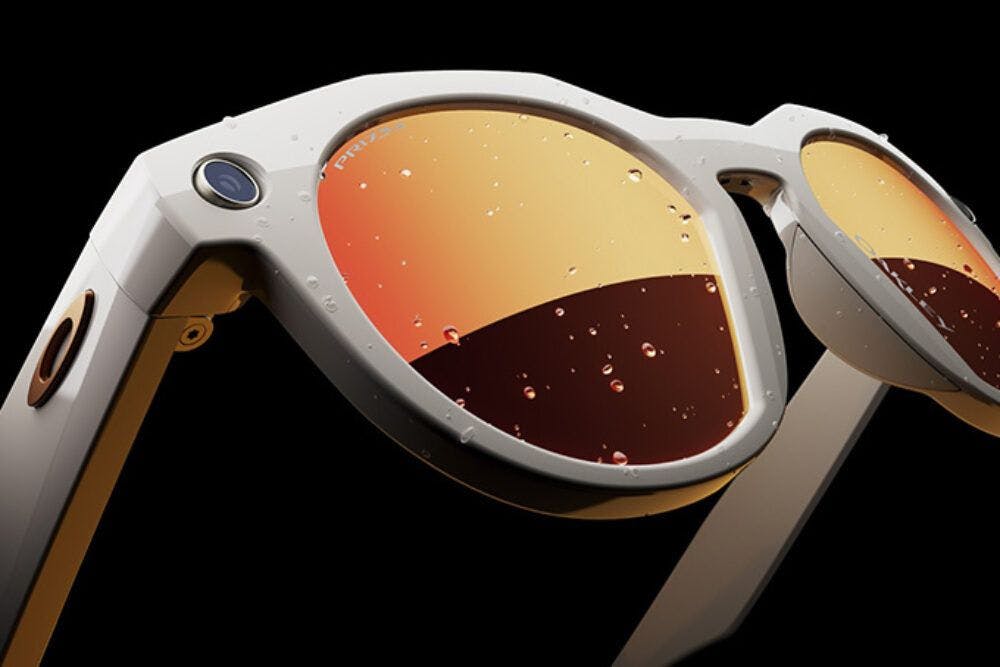Oakley Meta HSTN smart glasses makes me thinking about something: Is this type of product really designed to meet real needs or is it just another technology fad that will be over before it even gets started? There is the excitement around this new technology (which I like) but in the other hand, I wonder if in the long run people will get sick of it and put their glasses away in a drawer, as they have done with other "revolutionary" products.
These glasses are made for active people to improve their performance but also for anyone who appreciates the convenience and comfort of a connected world. These glasses provide real-time biometric information but with more direct and intuitive presentation. An appealing idea, but is it really necessary?
A Product for Achievers, Not for All?
The Oakley Meta HSTN is more than a mere addition to conventional eyewear. It consists of a series of displays which can connect with others, live streaming video, answer or reject the calls and more. All in real time and within the user's line of sight. In athletes and active people, this technology allows uninterrupted, ongoing control of data. These glasses appear to be a natural progression of sports technology currently available, like smartwatches but with an integrated and less obtrusive interface.
It should be remembered that although this technology might address a particular need – it will not appeal to a general audience. It is already challenging to persuade some people to embrace smartwatches, which are quite easy to wear and utilize. Thus, in the case of glasses, the consumer acceptance of this product can even be more complex. Smart glasses require an additional investment in fit and comfort. Design is also still a primary issue. While Oakley has long been renowned for its uniquely stylish sports glasses, I am asking myself again: Will the public accept these glasses, not only for their functionality but for fashion as well? While they are certainly suitable for those who are active, their "high-tech" aspects will irritate those who appreciate simplicity and moderation.
Smart Glasses: An faux pas?
Some of the reasons why it has been argued that there are too many technological gadgets in our daily lives include that they erode autonomy, the consumer and creativity. Yes, technology does destroy creativity but innovation, on the other hand, is solving problems. For many, the era of smartwatches has already shown its limits. These products have become useful virtual assistants but also objects that end up being relegated to a drawer once the novelty wears off. But not for me – I can not get enough of my Garmin watch. The Oakley Meta HSTNs are part of this connected gadget trend. But for one niche group, they are a game changer.
Technology is not necessarily a creativity dampener– it can unlock it. With the ability to immediately reference vital information for an engaged person, such glasses can truly make a difference in competition or intense training. It is a performance boost without having to deviate from goals. The real test is their ability to show that they add real value into individuals' everyday lives.
Is This the Future of Smart Glasses?
Although the Oakley Meta HSTN glasses are quite successful in the niche sports niche, it is unlikely that they will ever be a mass product – it is a guess. But they do lay the groundwork for a next generation of smart glasses that could potentially access a wider marketplace.
The market for smart glasses is in its infancy. The product is undoubtedly aimed at performance users who are looking for equipment to optimize their training. But what about tomorrow? Other companies could follow suit and develop even more sophisticated versions for specialized purposes but with sufficient success to break through social acceptance barriers.
Ultimately, Oakley Meta HSTN glasses are a wearable technology revolution. The idea that glasses can turn into an internet-connected device for different applications, much like smartwatches, is not a wild concept. That said, their widespread adoption is a gamble. I have no doubt that they will appeal to a few and take root in the world of elite sport. To others, they will be an experimental product, rather like one of those ingenious gizmos that ends up being pushed in a drawer (I say it again), out of the way of the regular buyer. It is a fascinating and dangerous gamble. But as with most technological gadgetry of the past, only time will tell if this product will prove successful in the long term or not and whether before long it will be eclipsed by a more practical and more widespread one.
It is too early to say whether this eyewear will be indispensable but their coming onto the market heralds an era where innovation will be more than ever at the behest of individuals who are seeking performance. A product to keep an eye on but not one to label a must-have for every user.


